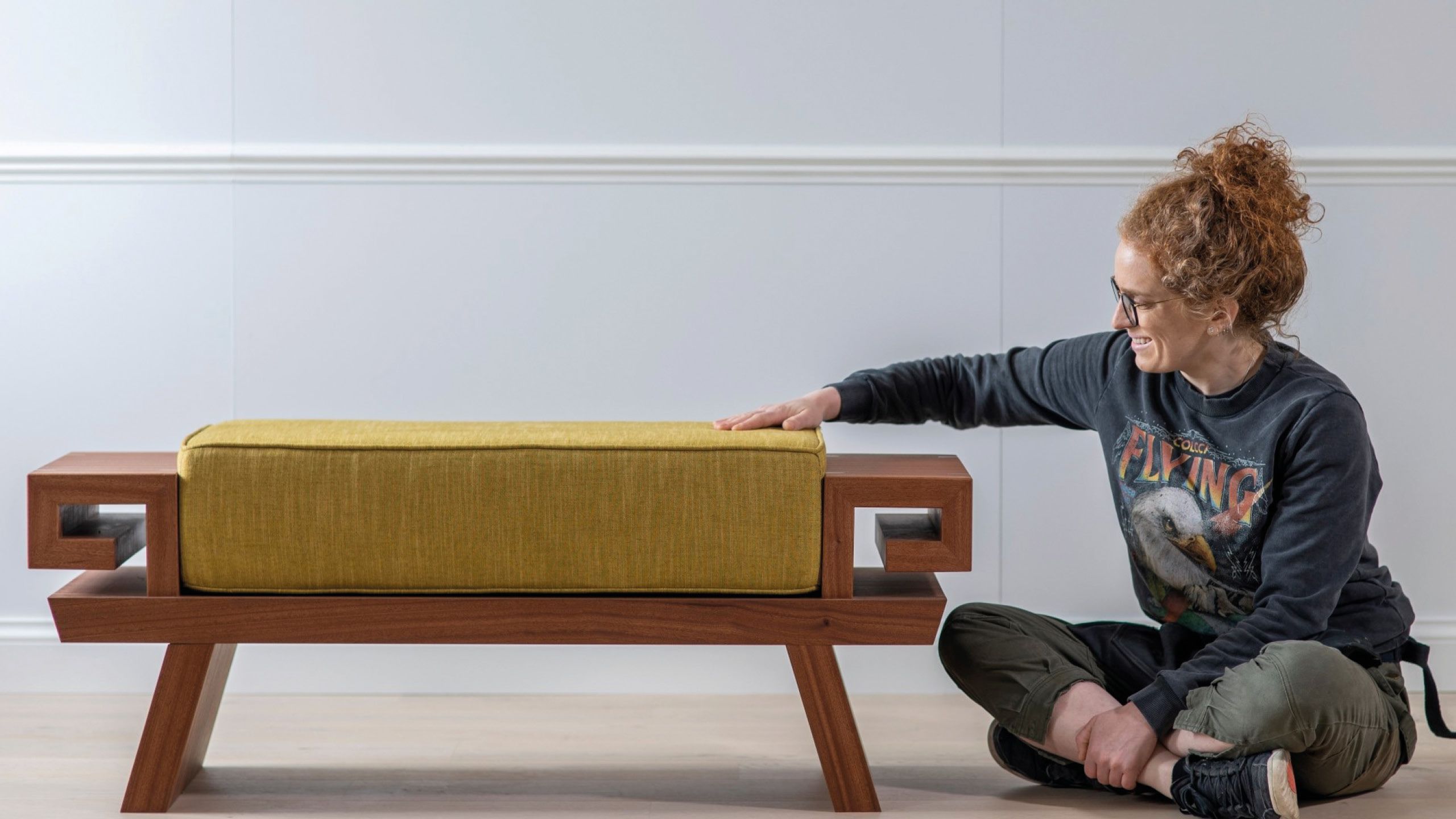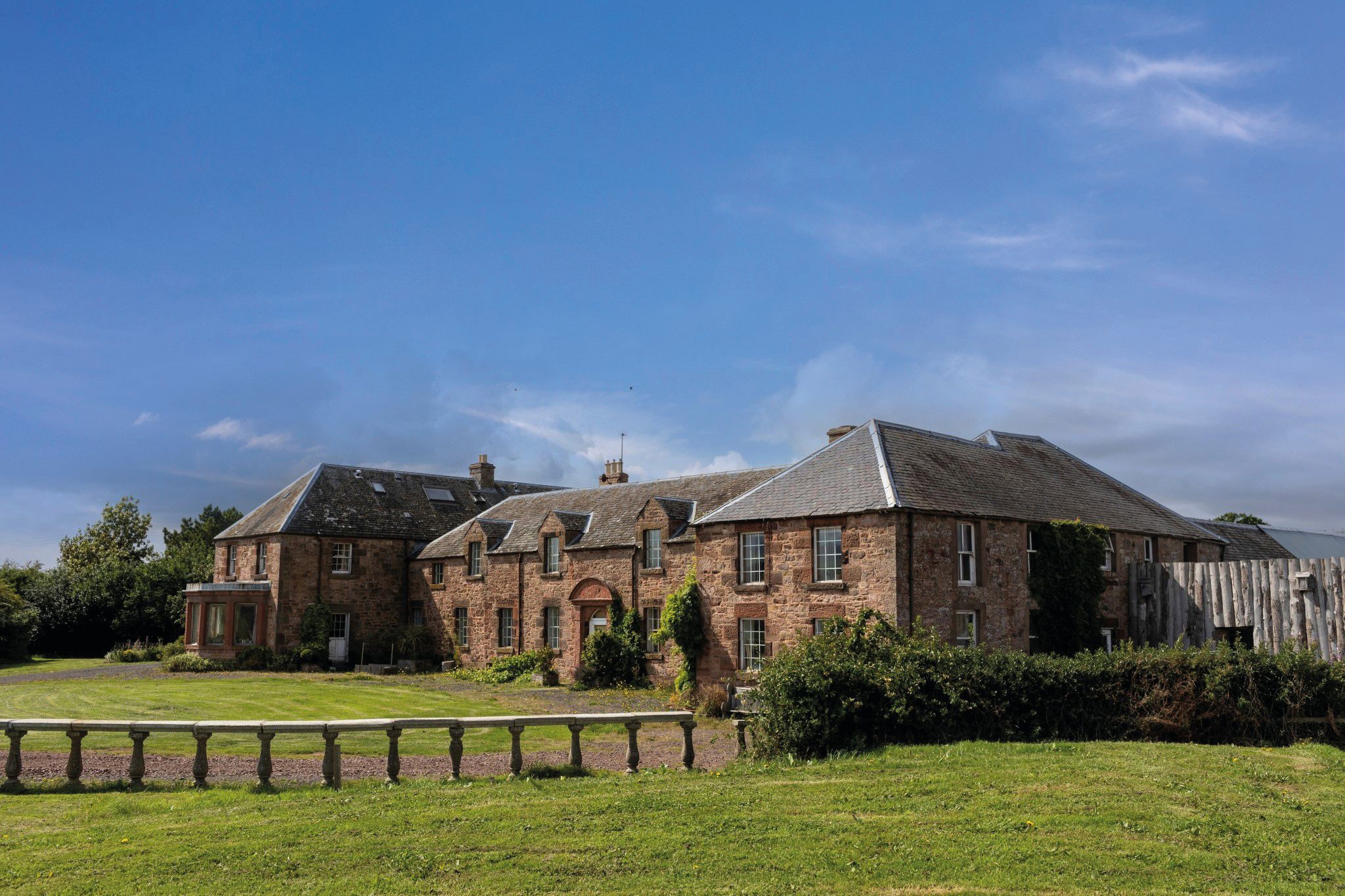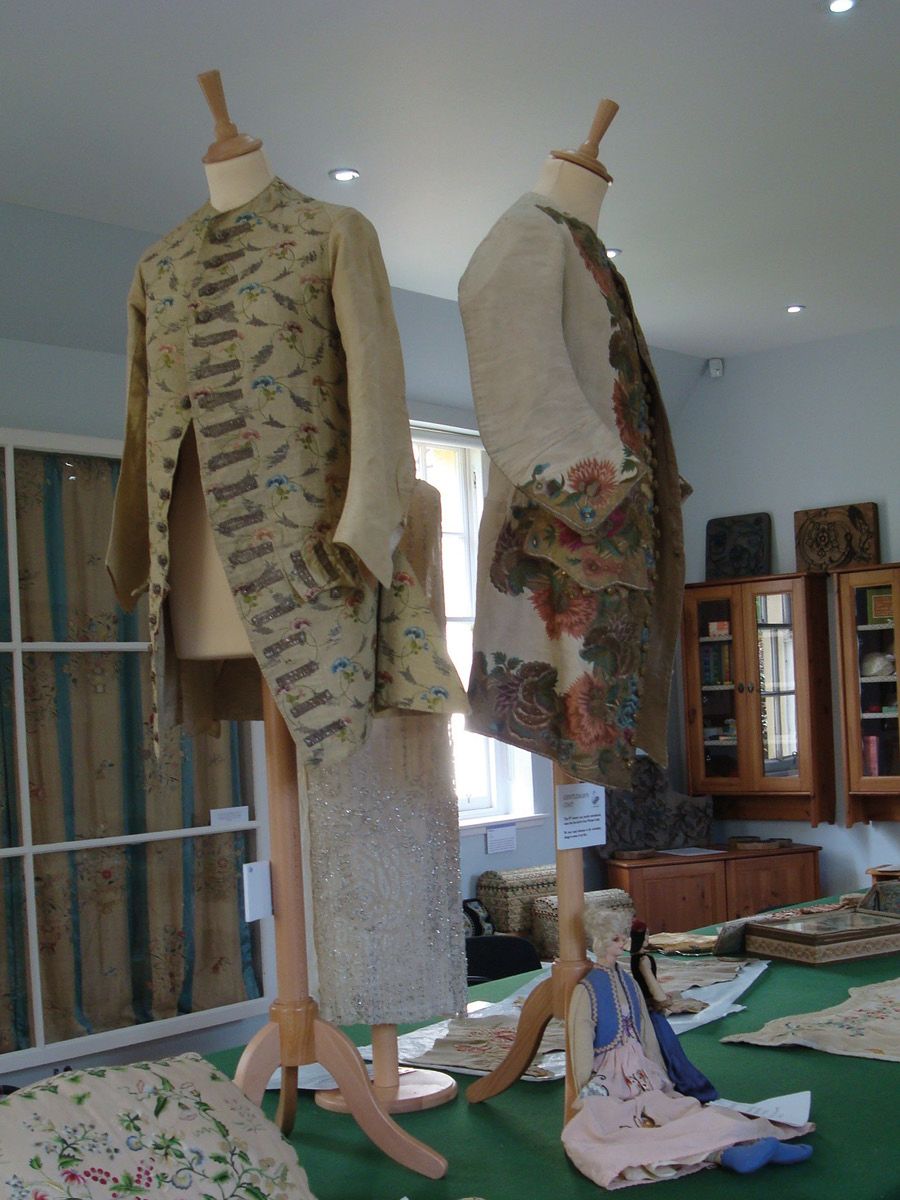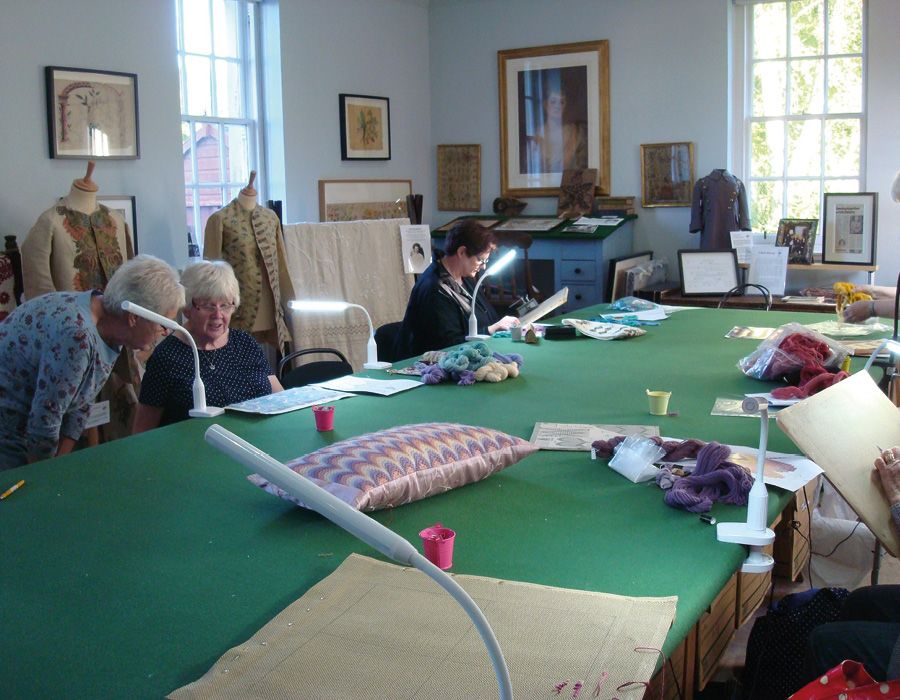Threads of ancient skills
The teaching of needlework and furniture making is as relevant today as in centuries past, explains Ann Shearer


Ann Shearer Former Vice-Dean of the Dental Faculty, now designing
and making jewellery in Edinburgh
Chippendale International
School of Furniture
The Chippendale International School of Furniture was established almost 40 years ago by Anselm and Antonia Fraser. Having started with one apprentice a year it is now a family-run, not-for-profit organisation teaching hundreds of students annually.

Their son Tom is currently the principal, and he and his wife, Sarah, along with eight other experienced tutors and international visiting experts, deliver a wide range of furniture-making courses in former farm buildings in the beautiful East Lothian countryside near Haddington. The school is named after Thomas Chippendale, the cutting-edge Georgian cabinetmaker who famously produced a book of his designs, The Gentleman And Cabinet Maker’s Director, to market his furniture.
The 30-week course is an intense programme covering cabinet making and design, furniture restoration and modern marketing skills. Students get to visit nearby Paxton House, thought to be one of the finest Palladian houses in the UK, to see many examples of the work of Thomas Chippendale.
Each course cohort comprises a maximum of 30 students, normally with two-thirds from overseas. The average age is 35, but the range is from school-leavers to retirees. Many are looking for a change of direction and to move from desk-based jobs, the design industry or even from medicine.
Anselm Fraser worked as a dishwasher on oil rigs and as a wholesale egg salesman before finding his vocation as a furniture restorer and maker, so has great empathy with those seeking a career change. On completing the 30-week course, most students set up their own businesses, but UK graduates can stay for up to three years working in a supportive environment and taking on regular furniture commissions.
The school also offers a large variety of shorter courses, all suitable for beginners. The four-week course runs regularly throughout the year, with four students at a time, all of whom will design and build a table as well as learning new woodworking and design skills. The five-day courses include introductory woodworking where students will make a side table, a box with a hinge and turn a bowl; a course on wood-bending techniques taught by a visiting Canadian tutor; and upholstery and furniture restoration. Weekend courses include woodturning and spoon carving. New for 2024 is a 10-week course, which will comprise six set woodworking projects, one of which will be a bench in Danish woven cord, Tom Fraser’s specialisation.
The school hosts an annual exhibition and sale of furniture designed and made by the 30-week course students, this year running from 13 to 15 June 2024.
Visit www.chippendaleschool.com and Instagram @chippendaleschool
Wemyss School of Needlework
Coaltown of Wemyss (pronounced Weems) is a former mining village near the south coast of Fife and might at first seem an unlikely setting for a school of needlework. In 1877, when Wemyss School of Needlework was established, local coal mines provided work for men and boys over the age of 10 years, but not for women and girls because of the Mines and Collieries Act of 1842. This meant either unemployment or having to travel to find work.
The village is adjacent to the estate of Wemyss Castle, home of the Wemyss family. Famously it is where Mary Queen of Scots (well known for her needlework skills) met her future husband Lord Darnley in 1565. It was Dora Wemyss who took on a local woman, Jean Webster, as her sewing maid. Recognising Webster’s sewing talents she sent her to the Royal School of Needlework in London, and on her return set up the school with Webster as teacher to local girls who were the daughters of coal miners and farm workers. Girls typically started at the school at the age of 14 years and paid a fee of 10 shillings for their six-month apprenticeship.
Having started in a room in Wemyss Castle, the school moved to purpose-built premises at the end of the castle drive in 1880 and remains there to this day. The building was extensively refurbished in 2013. Fiona Wemyss is now the guardian of the school, and combines her roles of preserving, conserving and cataloguing the historic textile collection with tutoring needlework classes. She also persuaded her son Jamie to design the school’s logo of a swan from the family crest sitting on a needle threaded with wool, which falls in the shape of a W. He included the logo in wood marquetry on a needlework table he designed and made while a student at Chippendale International School of Furniture.


The school houses a large collection of historic textiles such as cushions, bedcovers, quilts, smocks and other clothing, including a beautifully embroidered gentleman’s coat and waistcoat from the late 18th century. There is always a selection from the collection on display.
Needlework and embroidery classes are suitable for beginners and enthusiasts alike, and include crewelwork (crewel wool worked on a linen twill), goldwork embroidery with metal threads, contemporary canvas needlepoint and huck embroidery. There are also UFO (unfinished object) sessions every Wednesday.
Needlework kits based on items in the collection and named after members of the Wemyss family are available from the online shop, along with a selection of designs, materials and equipment such as wools and threads, needles, books, hoops and frames.
Visit www.wemyssneedlework.com
As Editor and a friend, I would like to thank Ann for supporting me with her very valuable and informative creative insights over the last three years, I’m very sure many readers have benefited from her expert knowledge.
Roger Currie
